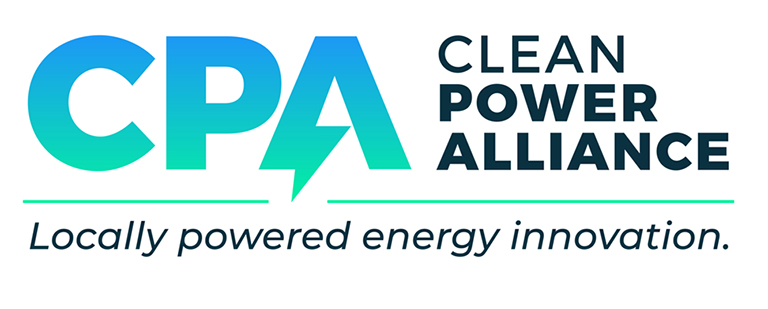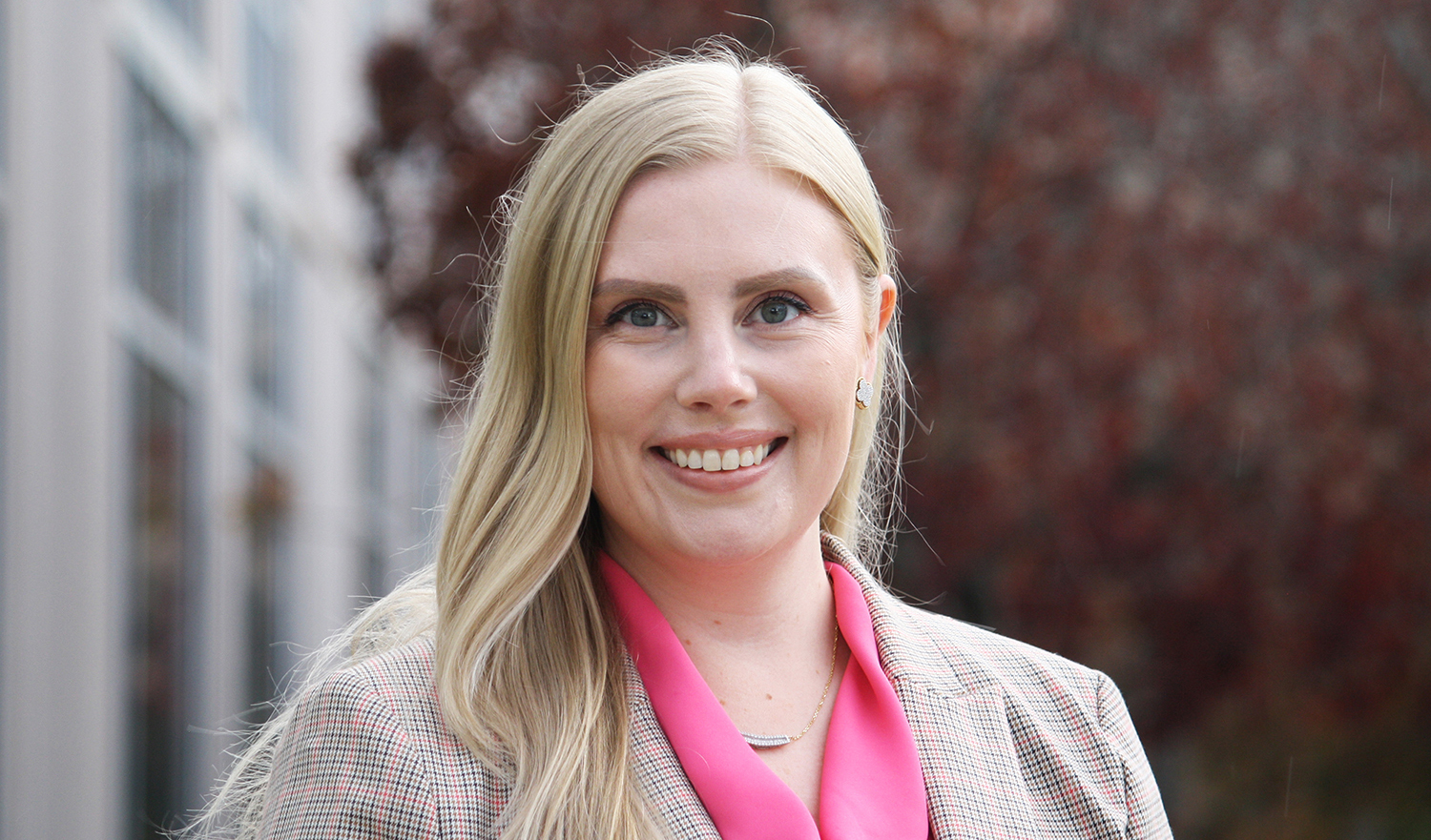
Established in 2017, Clean Power Alliance (CPA) has quickly become the largest CCA in the nation. CPA currently serves over 900,000 homes and roughly 3.5 million people throughout Southern California. Beginning in May 2019, CPA will also provide clean energy to approximately 130,000 businesses as well.
As a Community Choice Aggregator (CCA), Clean Power Alliance is a government entity that purchases clean power directly on the open energy market and delivers it to consumers on existing Southern California Edison (SCE) power lines. Originally established as a joint powers authority with unincorporated Los Angeles County, Rolling Hills Estates, and South Pasadena as founding members, it quickly grew to a coalition of 31 agencies across Los Angeles and Ventura Counties.
Choice and Growth
For more than a century, Southern California Edison had been the region’s dominant electric utility. But for nearly a million homes across Southern California, the days of Edison’s monopoly are coming to an end. Clean Power Alliance and other CCAs are offering a cleaner option and bringing competition on a larger scale. CPA offers consumers three energy options at three price points: Green (100 percent renewables), Clean (50 percent renewables), and Lean (36 percent renewables.) Consumers can decide their level of investment in clean energy.
Communities join because it is a platform for environmental protection and combatting climate change, and because cities have their own local sustainability goals. They also join because they are given a choice on how their energy is sourced. Clean Power Alliance also reinvests funds in innovative projects and programs within the communities they serve.
“The benefits of removing the monopoly system are that it brings innovation and lower rates,” said Ted Bardacke, Executive Director of Clean Power Alliance. “People want choice and the idea that if they can save money and be a little greener, or pay a bit more and be a lot greener, appeals to consumers.”
Creating a Strong Foundation
Before Clean Power Alliance was born, Bardacke knew there were things he needed to get right to build a thriving CCA. Although CCAs have been around Northern California since 2010, they are a relatively new concept in Southern California. Ensuring there was a robust infrastructure in place, the organization set high standards for its employees, officers, and directors. Along with strong corporate governance, Bardacke and his team took their time hiring experienced staff and figuring out how the agency is organized to ensure a secure future.
“We spent a lot of time hiring staff who knew what they are doing and to keep the place running,” said Bardacke.
According to Bardacke, by 2020 the Clean Power Alliance is set to take in over $800M in annual revenue. He attributes this success to applying the organization’s best practices and creating a framework of tools and techniques that identify, assess, mitigate, and monitor risk within the organization. Nothing is built at breakneck speed, and policies are carefully and thoughtfully considered.
“We want to make sure that we don’t get out over our skis,” said Bardacke. “It requires a lot of work to be conservative and disciplined.”
CPA turned to River City Bank for its financial needs. Bardacke knew that River City Bank has taken a bold lead in the clean energy space, supporting CCA clients throughout California with their depository, cash management, and lending needs. He has seen RCB provide other CCA clients with custom-tailored solutions spanning start-up capital, lines of credit, renewable energy project financing, and custodian “lockbox” accounts.
“We know that River City Bank understands the CCA business and is comfortable in the space,” said Bardacke. “They are entrepreneurial without being bureaucratic. They understand what it takes to start this type of business, and we appreciate working with people who get that mindset. I know that I can call Steve Fleming directly and get something done.”
What’s In Store for Clean Energy
With talks about a “Green New Deal” which includes a 100% reliance on renewable energy, mitigation of climate change, and increasing green jobs, CCAs like Clean Power Alliance will be right in the middle of the action.
“There will be a change in a systemic and personal level when it comes to where Californians get their energy,” says Bardacke.
Since 2010, CCAs have given customers the ability to directly influence their community’s energy options by giving them the power to choose how and where they buy their electricity and natural gas. In light of California’s Senate Bill 100 which requires California to get 60% of its electricity from renewable sources by 2030 and to eliminate the burning of fossil fuels for electricity by 2045, CCAs are very likely to grow in prominence in the coming years. Gradually, it could mean incentives for customers to install electric water or space heaters, reducing the need to burn natural gas. It might pave the way for free or discounted electric vehicle chargers or special electricity rates that encourage people to charge their electric vehicles at home.
In the clean energy arena, there will be new players and opportunities. The state continues to be open to innovation and technology that will help eliminate the use of fossil fuels in the next few decades.
“In California, this idea of bold and ambitious goals based on local priorities has been successful across the board,” Bardacke says. “Everything we’re experiencing right now is what the other CCAs (community choice aggregators) have experienced around the state.”
To learn more about Clean Power Alliance visit their website at www.cleanpoweralliance.org.




